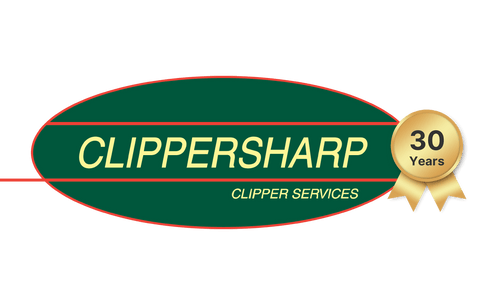Paying attention to the smaller details makes a big difference to the overall impression your horse makes on a judge, and anyone else scrutinising him! Trimming is a great way of perfecting lines and enhancing your horses features.
Key areas that may require trimming include under the jaw, ears whiskers and the feathers down the backs of the legs.
Trim with care, the breed of your horse and the classes you intend to compete in can determine if and how you trim your horse. Most M&M classes will allow a certain amount of “careful” trimming, which means taking as little away as possible. It’s best to check with the breed society first before doing anything drastic!
For other show classes, most expect a certain amount of tidying – this would include trimming with either scissors or a small trimmer under the jaw to make a straight tidy jaw line. Trimming the edge of the ears to give definition. (Try not to clip inside the ears, as you really won’t lose marks for this and it only fair on the horse during the summer to give them protection from flies and bugs). Removing whiskers has become a controversial subject, if you are going to remove them, consider using an Equishave. This is a safe and effective way of tidying a muzzle and can be also be used on the coronet band. Soft leg hair can be swiftly and neatly tidied this way too.
You may also like to trim a bridle path, which is just behind the ears and makes it easy to keep a neat area for the headpiece of the bridle.
Some horses and ponies grow excessive amounts of hair on the legs which can make the legs look rather coarse. With a bit of trimming or clipping depending on how much needs to be removed, the appearance of a horse can be transformed from rather plain looking to very smart! Trimming the hair from the fetlock is a good way to tidy the legs, use a grading comb attachment is advisable to avoid 'steps' in the hair, if you are trimming with scissors it is recommended to use a comb betweeen the leg and scissors to keep an even length of hair.
If you are tidying legs, try to use a trimmer with add on plastic combs and clip downwards, this will mean that you won’t get a jagged look, and is very quick and easy to do. For lots of hair on heavy cobs, you may have to use a full size clipper, you can stilll clip downwards to give a smooth finish.
Lastly for tails – again depending on what classes you are entering – most ridden classes except M&M’s would usually be pulled. This means removing all the bushiness around the top third of the tail leaving neatness and definition which also shows off the quarters.
For a pulled tail, work your way down the side down as far as the end of the dock, or a bit higher if you don’t want to go that far down. Damp the tail and tail bandage, to keep it in shape. Remove bandage after an hour or so and check, and then make final touches as necessary. If you don’t want to cause any discomfort but still want the “pulled” tail finish, then use a Smart Tails tail rake to comb down through the sides of the tail and this will thin it out and give it a very tidy show ring finish within minutes and your horse won’t even know its been done.
For the final finish make sure the tail is cut squarely at the bottom and finished to the right length. If it is thick then use a set of clippers or trimmers with good blades to cut across the bottom, it is so much easier than struggling with scissors.
